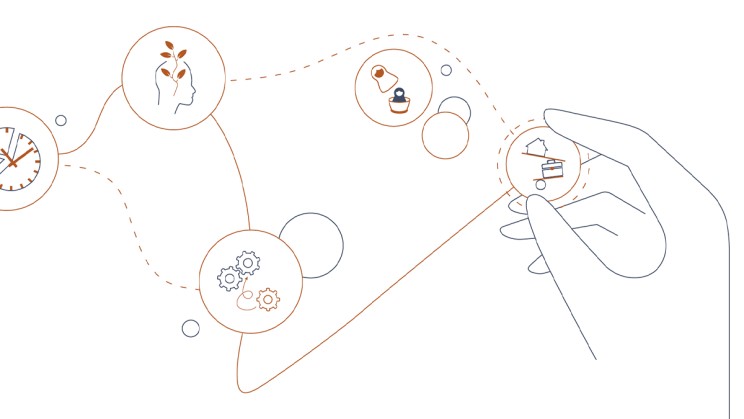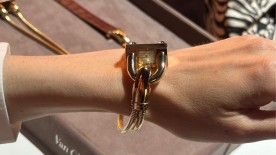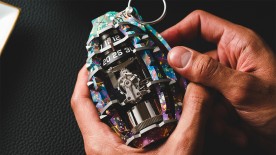In this second part of the synopsis of the report, MB&D Consulting takes a look at the secondary market and how it can capture the perpetual value of watches.
The secondary market, involving the buying and selling of second-hand watches among individuals, brands, specialized dealers, online platforms, or auction houses, has experienced a resounding expansion over the past three years. The rise of online sales platforms, the entry of several watch companies into the market, and the soaring prices of certain second-hand watches bear witness to this meteoric rise. The value of the secondary market could reach 35 billion by 2030 (Deloitte 2022), just over half the value of the primary market, with an estimated annual growth of 9% (BCG, 2023).
A reflection of the primary market
The rise of the secondary market can be explained by several factors. First, the purchase of luxury watches is increasingly perceived as an investment or a new means of speculation. Additionally, the luxury sector has been popularised and now attracts a broader range of individuals who cannot always afford brand-new watches. Moreover, the trend towards vintage has spread to the luxury market. Finally, the scarcity of attractive models from brands has directed many buyers to the pre-owned market.
However, as in the primary market, the growth seems to be levelling off. Indeed, since 2022, the prices of the 50 most traded models by value have fallen by nearly half (Bloomberg, 2023). The reasons for this decline can be attributed to the collapse of certain cryptocurrencies, the various macro-economic troubles observed in 2023, and a contraction in demand for exorbitantly priced second-hand watches.
Perceived potential by brands
The slowdown has not prevented many brands from developing an offering in this market with various business models. For instance, Rolex launched its “Certified Pre-Owned” (CPO) program at the end of 2022, certifying its own watches and reselling them through its retailers. F.P.Journe, for its part, was one of the first brands to buy back old models from its customers and resell them in its boutiques. Vacheron Constantin has developed a different model, offering capsule collections of watches selected and restored in-house.
Entering the secondary market presents numerous advantages. For example, it enables brands to intervene throughout the entire watch's lifespan, and to offer an additional service that perpetuates the relationship with the customer. It also contributes to maintaining and transmitting the brand's heritage.
Above all, the secondary market is a potential source of growth and development for brands, through capturing a portion of the growing clientele for second-hand and vintage timepieces. Indeed, more than half of the participants in our survey said they had already purchased a second-hand luxury watch, and 64% of those who had not yet done so would consider it. Attractive prices, interest in second-hand watches and the unavailability of new models are the most cited reasons for acquiring a second-hand luxury watch.

An arduous adventure
Despite its many advantages, entering the secondary market is no small feat. This explains why it is still largely dominated by online platforms, auction houses and specialized resellers rather than by the brands themselves. This is also reflected on the buyer's side, who hardly consider brands as sellers of second-hand watches - only 5% of respondents in our study who have bought a pre-owned watch did so from a manufacturer.
Developing a second-hand offer requires, first and foremost, rethinking the business model. Deciding whether to restore only capsule collections or to accept any model, to develop online channels or to adapt boutiques, are all variables to determine.
Moreover, significant resources must be invested. Developing a second-hand offering requires the creation and implementation of systems for buying back and reselling watches. Implementing such systems poses several organizational and logistical challenges. Brands also need to recruit additional staff, including watchmakers capable of authenticating and restoring a new volume of watches. Finally, estimating the price of a pre-owned timepiece within a reasonable timeframe is a complicated exercise, requiring the compilation of international average prices in real time and a good understanding of market trends. Therefore, setting up a CPO service can be highly complex and costly.
Read the full study
In our comprehensive study, we address many other themes such as the industry's position on the challenges of certification, security, and digitalization, the identification of different categories of buyers, the expectations and opinions of over 400 watch purchasers, the results of a “mystery shopper” tour in nearly 30 mono-brand and multi-brand boutiques in Geneva, and the latest key market figures.
Read Part One
Discover the full Luxury Watchmaking Study, and for more info contact: info@mbdconsulting.ch






